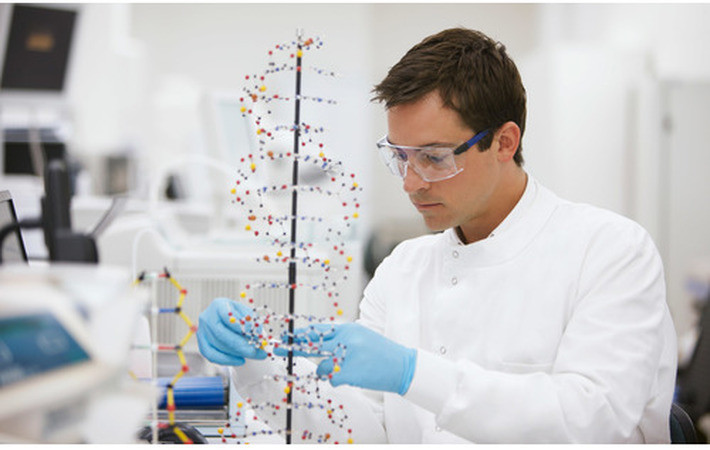
Published on 11/22/2016 | Use Cases
The life sciences industry is changing dramatically. Some blame the change on patent expirations that are reducing margins. However, there are more drivers at work. Patient and provider needs are also evolving. For example, patients are hyper-connected to the Internet and to one another. According to a 2014 McKinsey survey, more than 75% of all patients expect to use digital services in the future. The main qualifier was that those services meet their needs and provide the level of quality they expect.
Scientific complexity is also increasing. Chronic diseases are hard to tackle, and there are fewer low-hanging scientific discoveries to make. The World Health Organization estimates that death by chronic diseases will reach 52 million annually by 2030. Furthermore, healthcare reforms that pay out based upon patient outcomes are also taking hold. Whether this a fair expectation remains to be seen. One could argue accountability to efficacy of the therapeutic. Unfortunately, non-compliant patients could derail an outcome as well.
True transformation will not come from small incremental improvements, but rather from finding innovative ways to do things fundamentally differently. The game has already started. Here just a few possible front-runners:
• Genentech launched the first drug for specific genetic markers to fight breast cancer. Herceptin was approved for all HER2-positive women in 1998. Herceptin is still very successful in sales, as it has been among the top 10 best-selling drugs in 2012, 2013, and 2014. Since the late 90’s, many other therapies for specific genetic arrays have been introduced. Life sciences companies have been including genomics, proteomics, transcriptomics, and other –omics into their research. These will lead to more personalized medicine. The market for personalized medicine will have reached $2,452 billion USD by 2022 globally. Obtaining first-mover advantages remains key to becoming a market leader.
• Novartis is working toward the ability to manufacture for batch sizes of one. The goal is to offer T-cell receptors to enable tumor-targeting therapies. In this therapy, a patient’s own T cells are reprogrammed to “hunt” cancer cells that express specific proteins. After they have been reprogrammed, the T cells are re-introduced into the patient’s blood. The T cells proliferate and bind to the targeted cancer cells, hopefully killing them.
• Alphabet, formerly known as Google, is developing smart lenses that read glucose levels in tears. The Alphabet solution will avoid the inconvenience of blood monitoring. Additionally, real-time measurement will enable earlier alerts to potential glucose level spikes. Automated communication between the lenses and other devices could lead to early alerts to the patient and doctor. This would enable connected care scenarios. The financial opportunity is significant: The market for glucose monitoring alone will grow to$ 568.5 million USD by 2020.
There are many other examples. I’m excited to see what becomes of bionic 3-D printing. Could amputees make their own limbs? What changes will occur in the manufacturing of medicine or medical devices? We anticipate smarter collaboration across the life sciences value chain. Market leaders across related industries are increasingly making bets in life sciences. Innovation from non-traditional players (like Google) will become more commonplace.
You can find the original article here